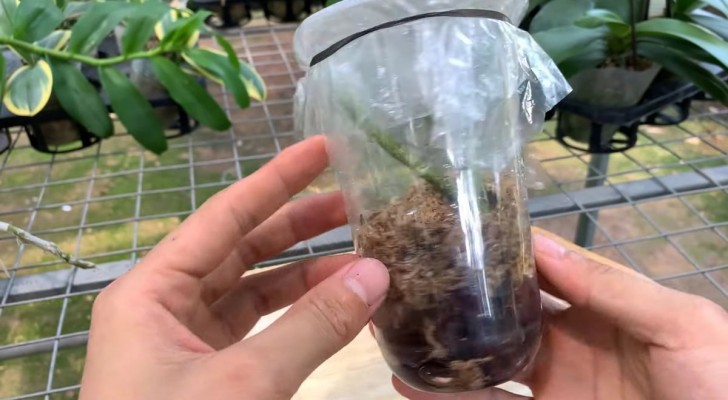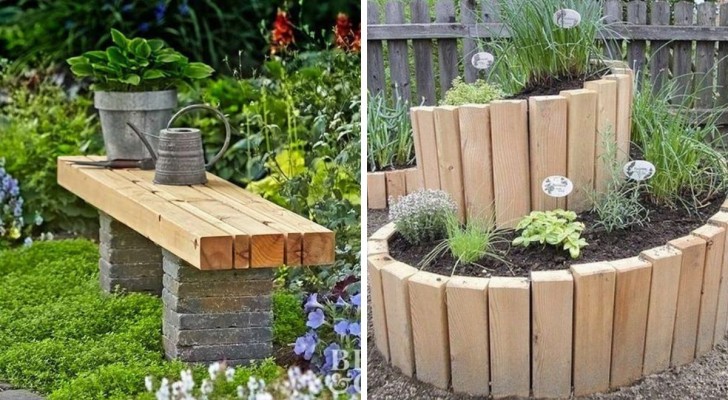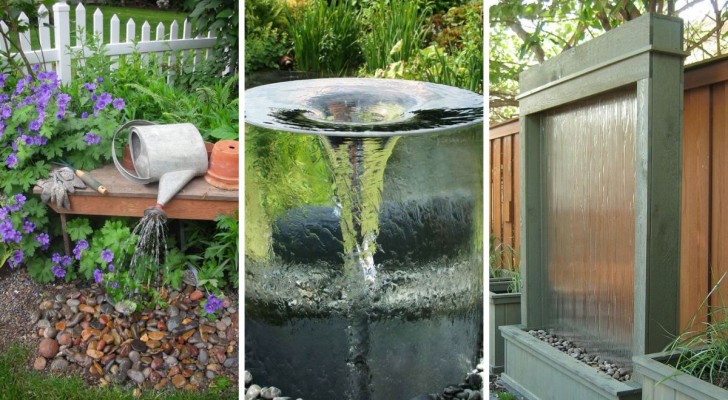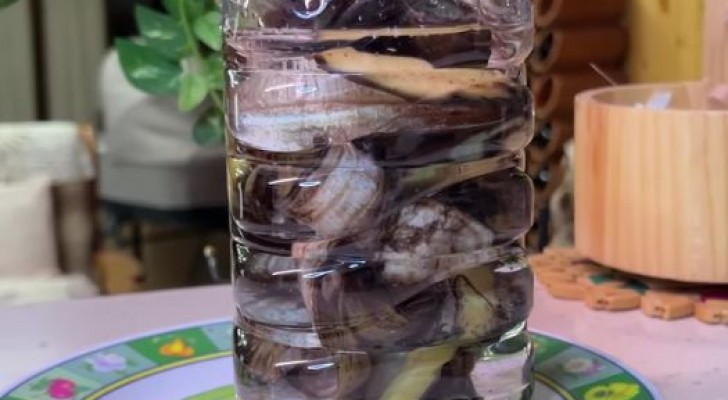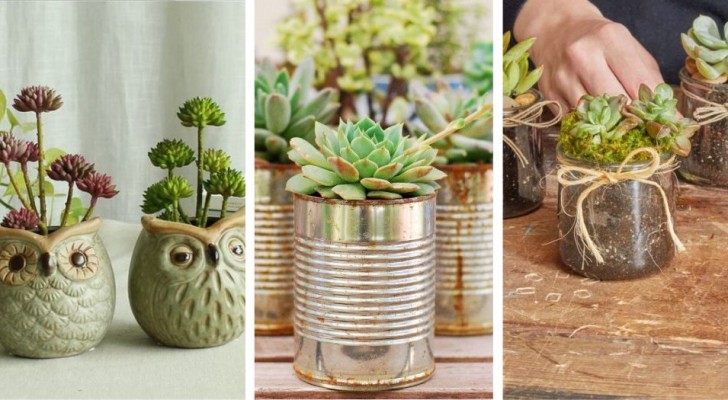Incredible Tillandsia: a plant that thrives without water or soil
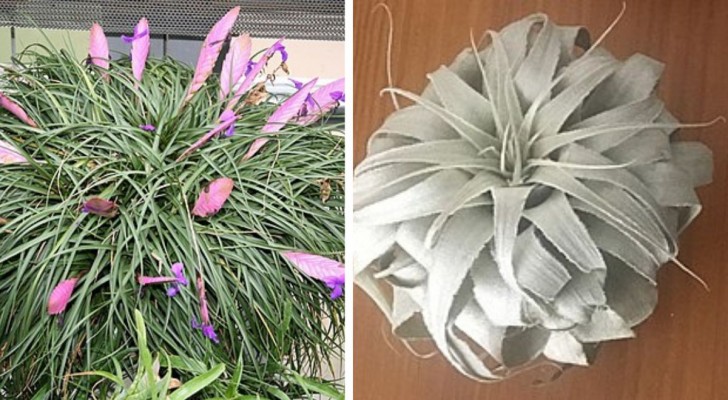
Originally from Latin America but now prolific in Europe, Tillandsia is a plant of the Bromeliad family known for being an aerial plant, i.e. a plant that derives its nourishment from its leaves rather than from the roots and therefore does not need water or soil to thrive (aka as epiphytes). These species are believed to be able to purify the air of chemicals, but also of radiation and 5G and are very easy to grow, being very adaptable to even the most difficult climates.
When Tillandsia reaches maturity, it gives rise to wonderful flowers, in bunches or tufts ranging in color from pink to orange and red and with a very intense scent, which lasts a few months. So how can we grow this incredible plant at home? Let's find out together:
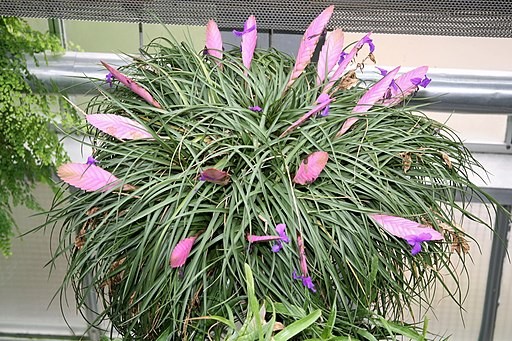
There are many varieties of Tillandsia and the most widespread is Tillandsia cyanea, known for its very robust leaves and for its height (half a meter). These plants adapt very well to the climate of our homes and, due to their beauty, they can be used as furnishing accessories to add life to our rooms. They can be grown in any area of the house simply by being placed in a container that enhances their shape.
In summer, they can also be moved outside, resting them on a trunk or branch, and taking care to bring them back indoors when it gets colder; exposure of the plant to temperatures of around 5-7 degrees C or lower, should be avoided.
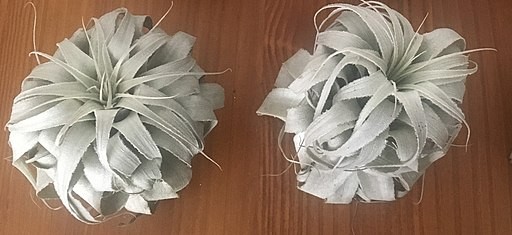
This plant's needs are very limited, except for watering. In hot seasons, or in very dry environments, it is important to keep the plant moist by spraying the leaves. In summer, it is also advisable to carry out periodic immersion irrigation, completely submerging the plants in water. If grown outside, you just need to be careful to keep the plant in the shade (especially during summer).
Due to its ability to feed itself through the air, Tillandsia is also able to purify the air in our homes. It also seems to be able to remove the radiation emitted by electrical and technological devices such as televisions, PCs, smartphones, household appliances.
Have you ever considered growing this plant in your home?
